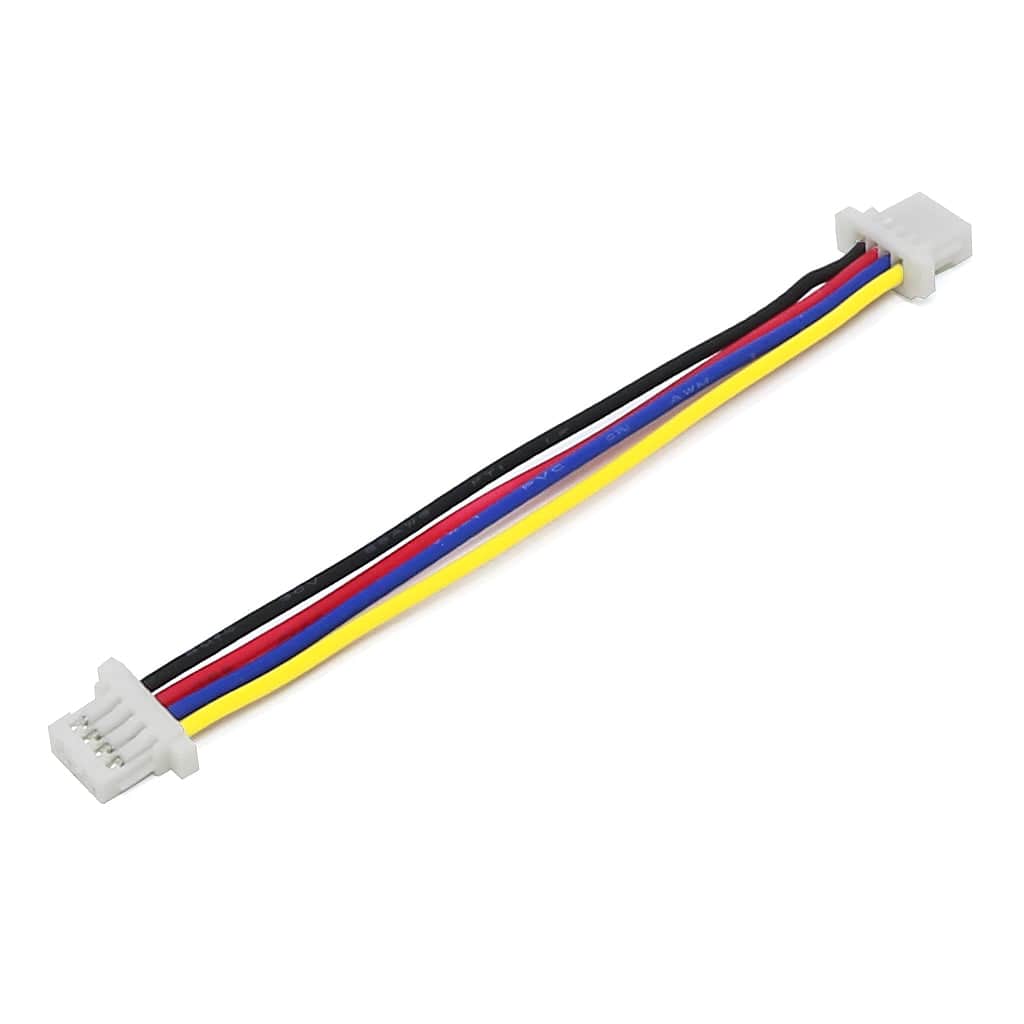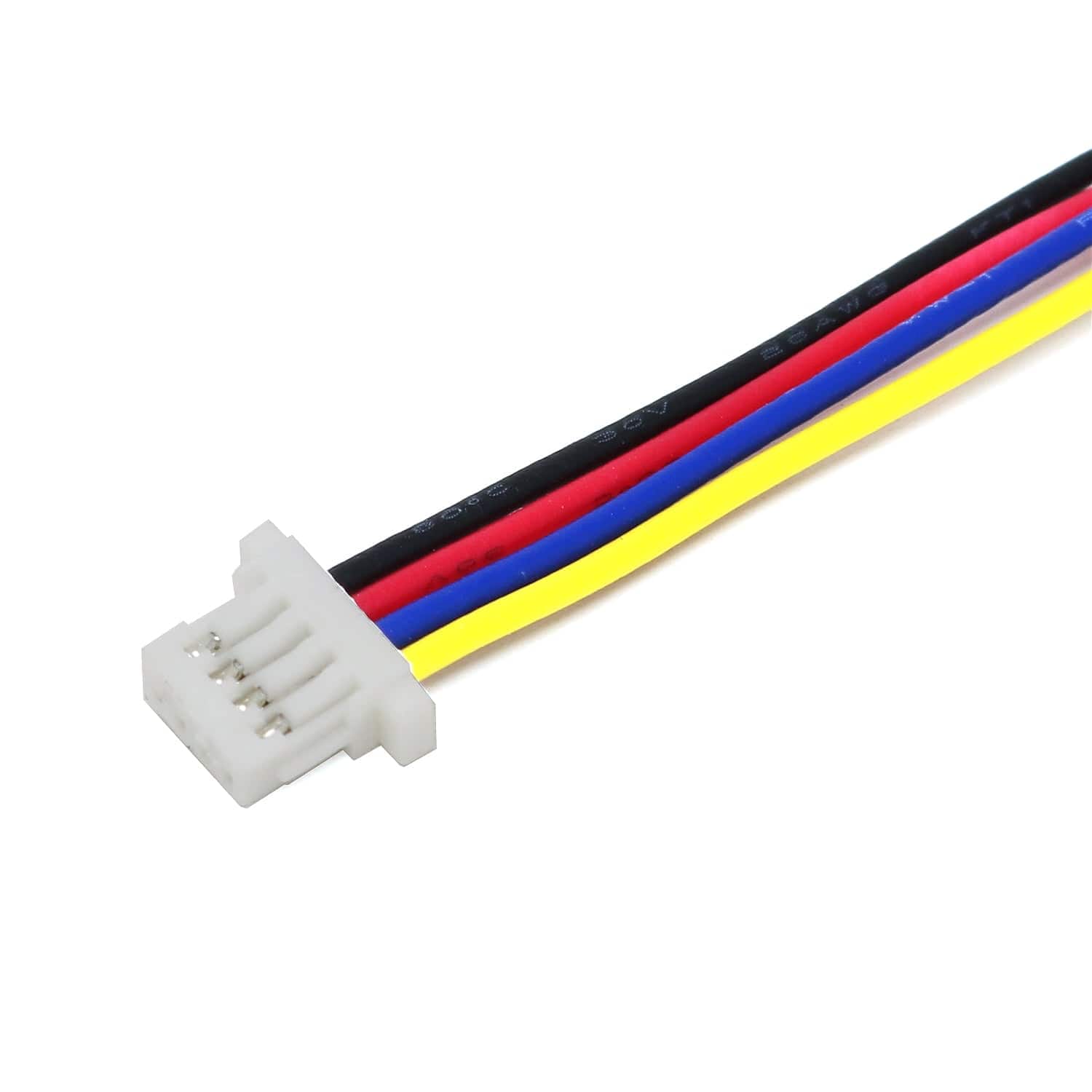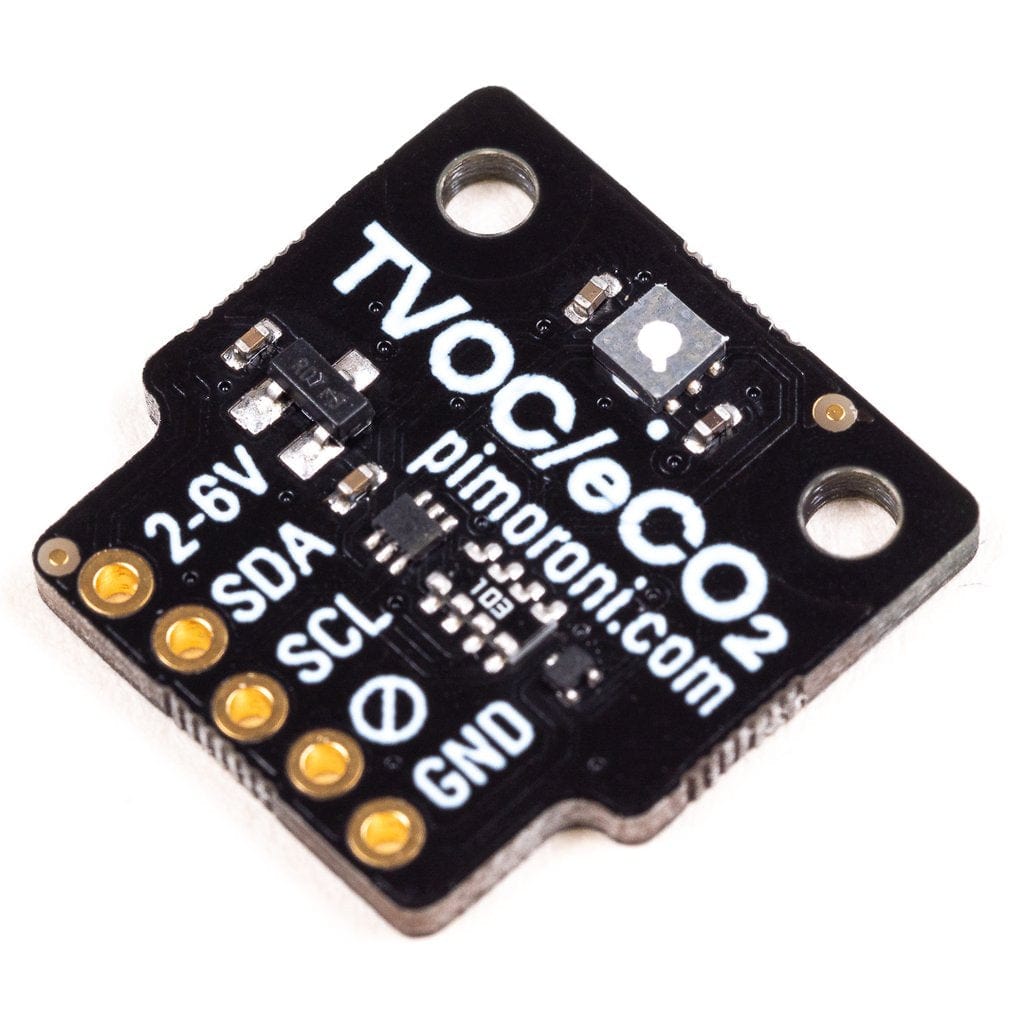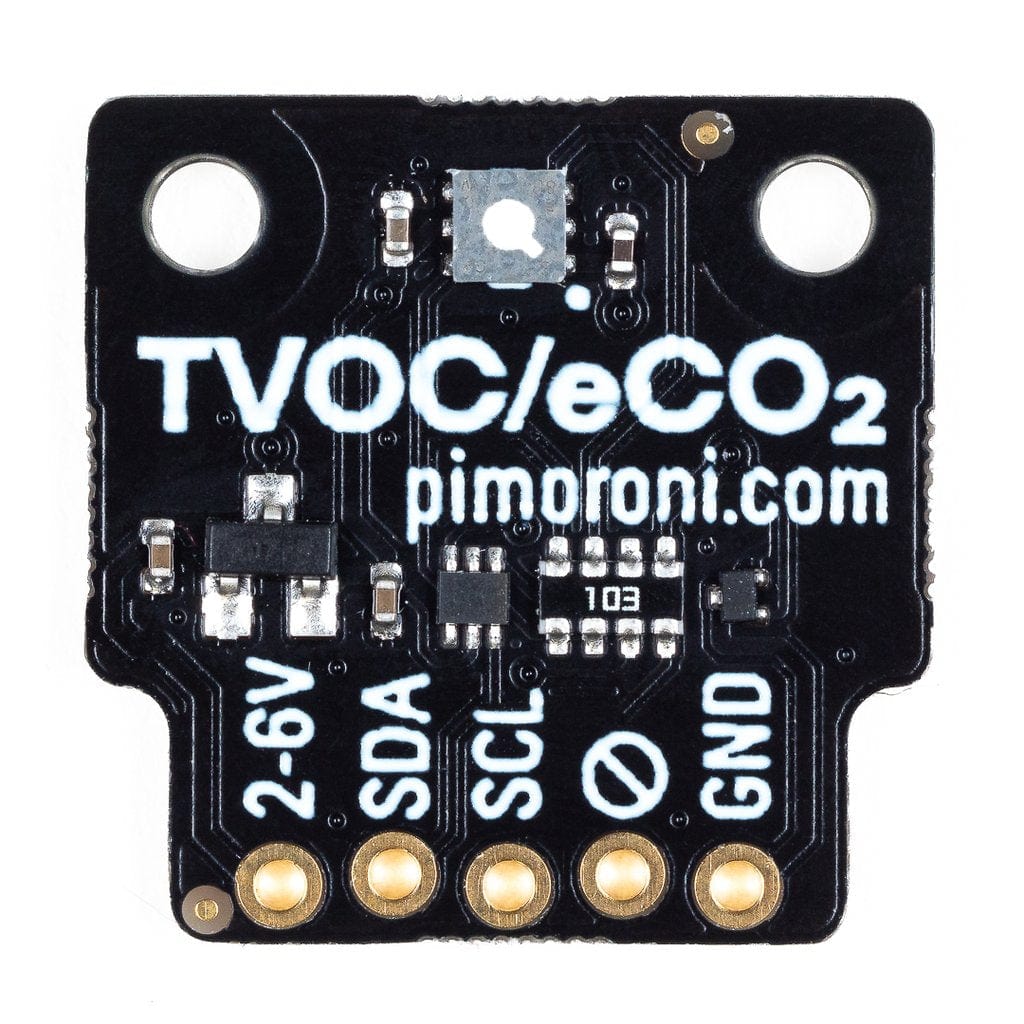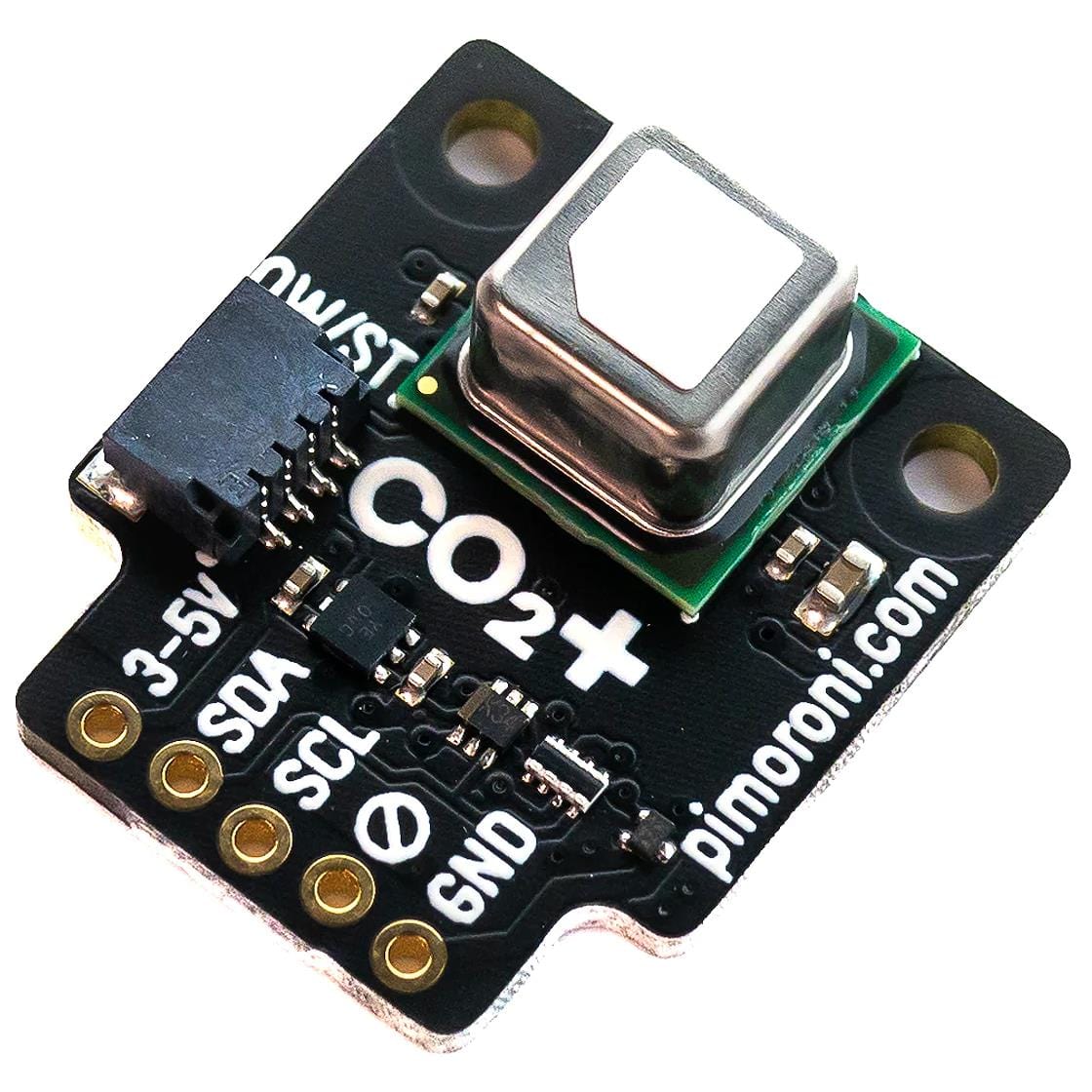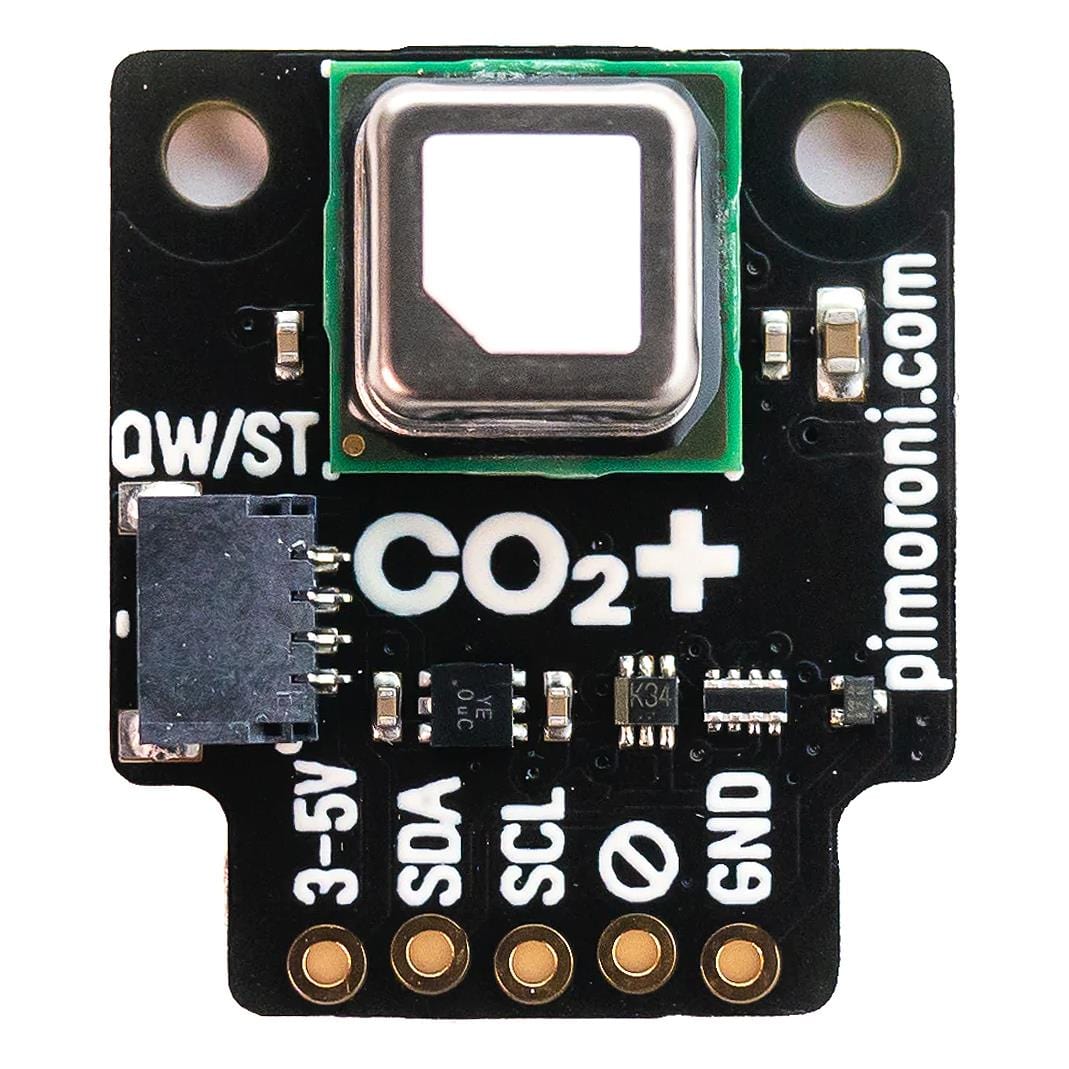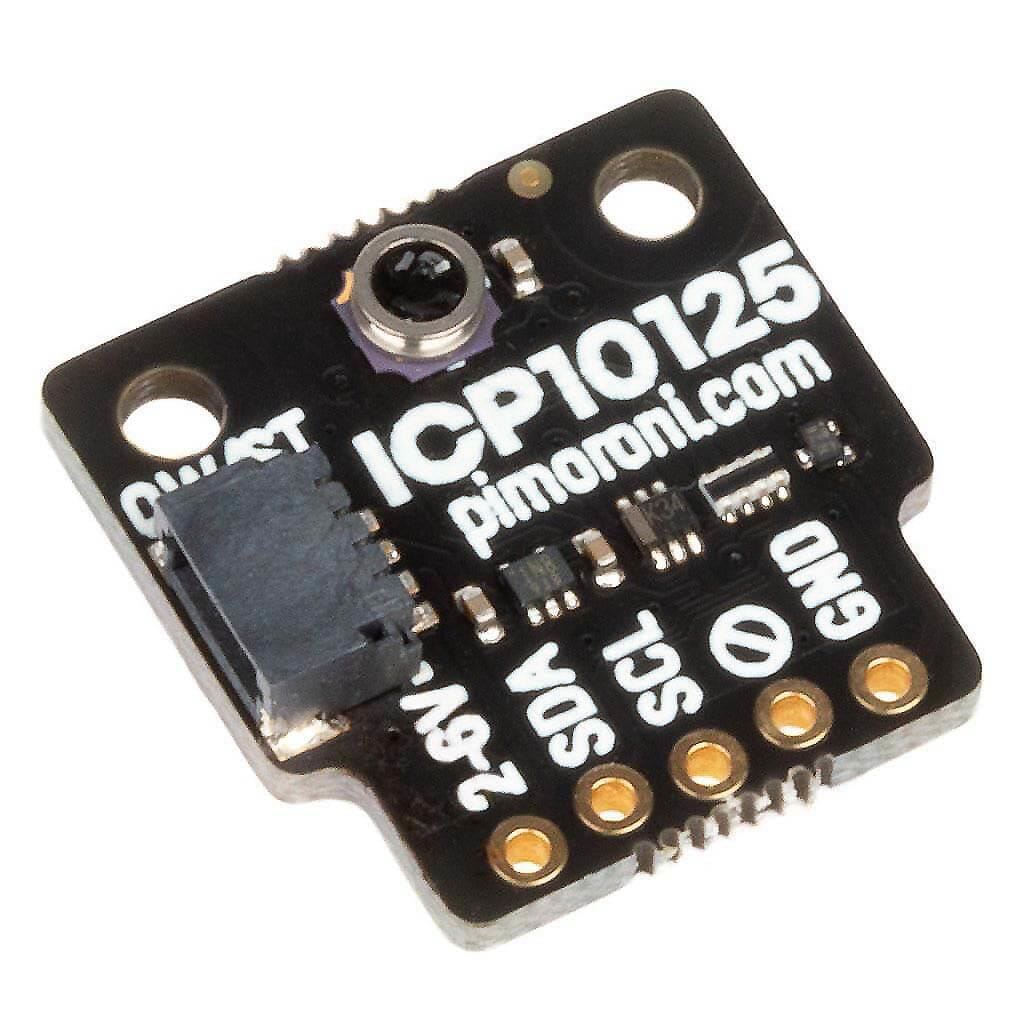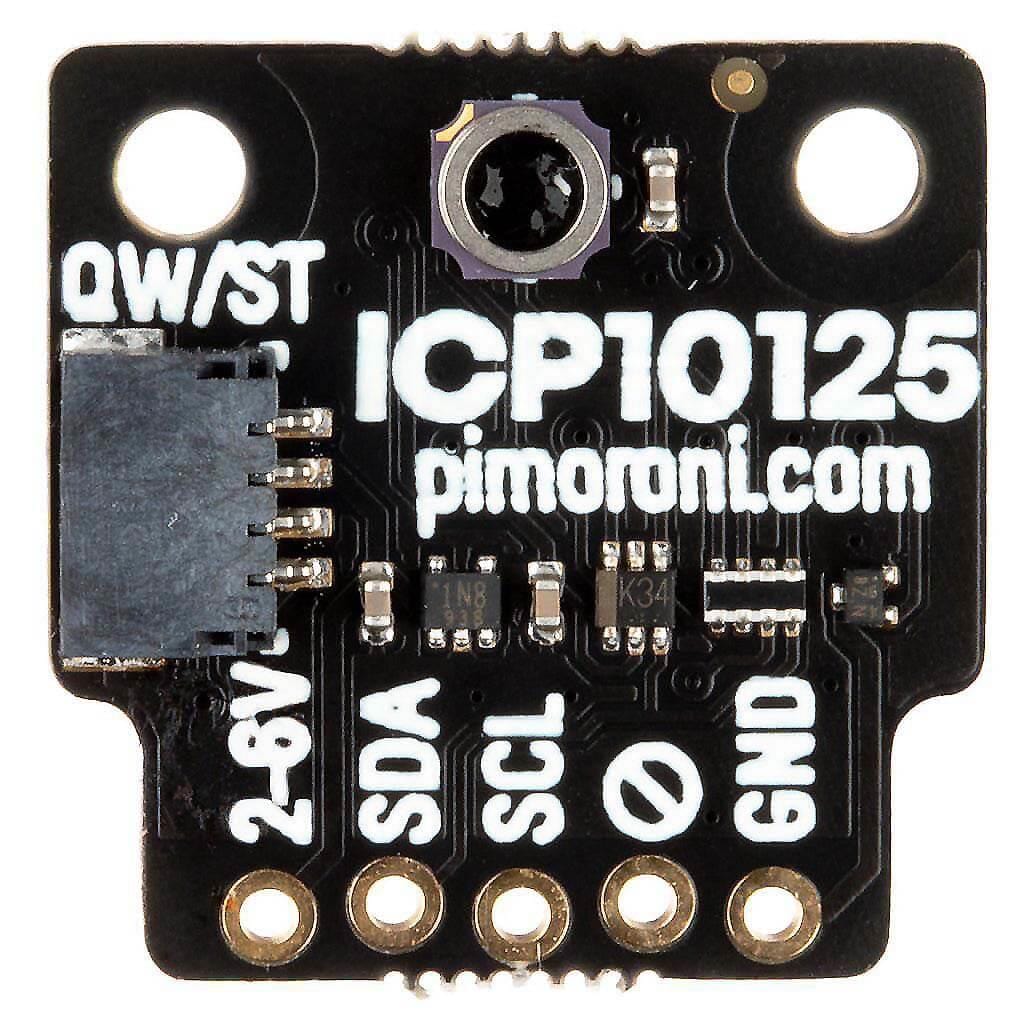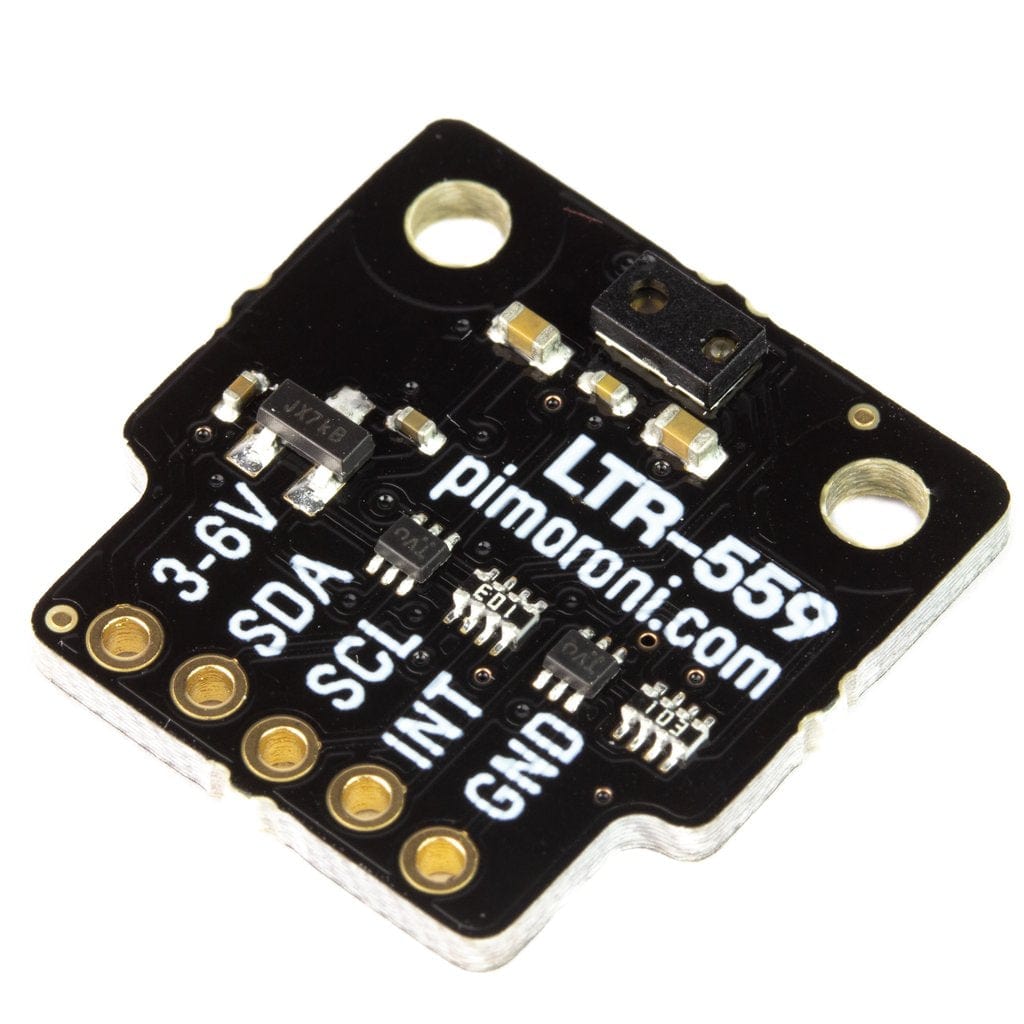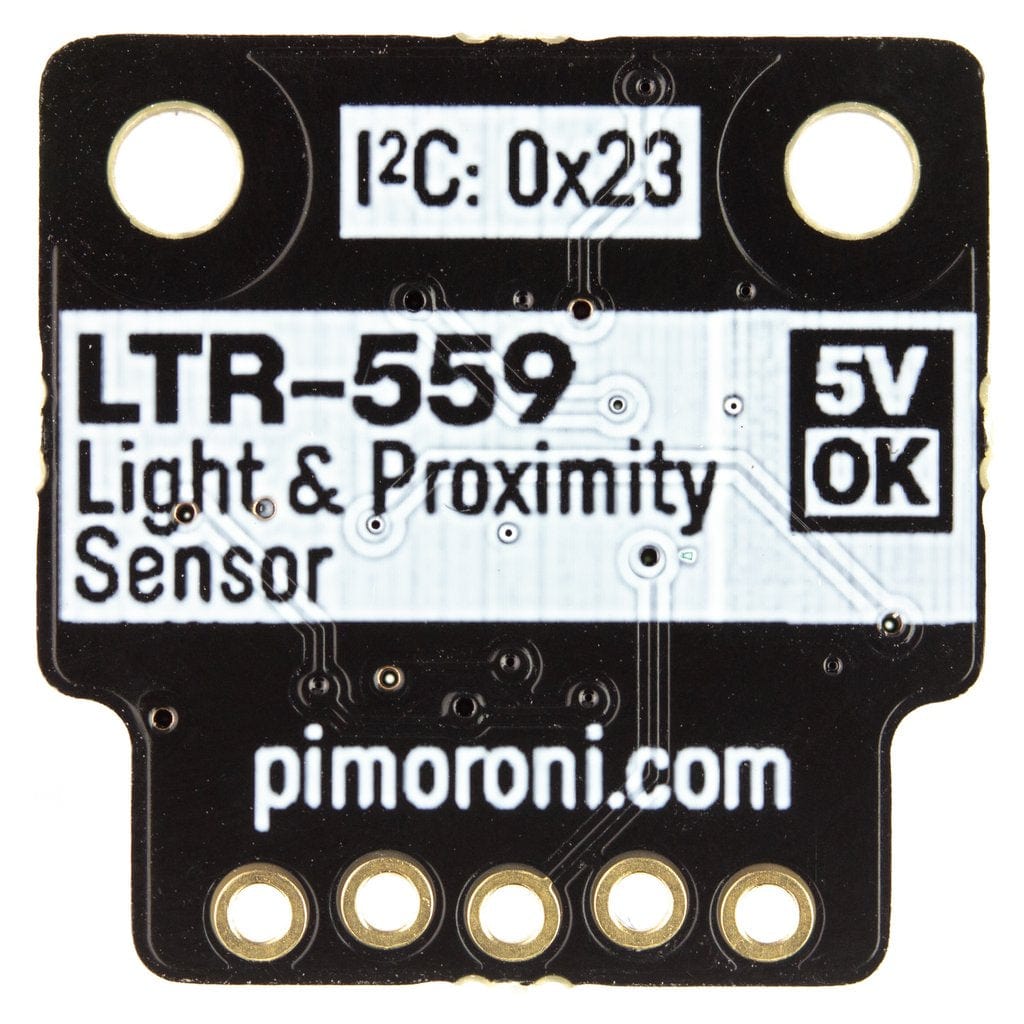![Enviro Weather (Pico W Aboard) - Weather Station Kit [discontinued] by Pimoroni - The Pi Hut](http://thepihut.com/cdn/shop/products/enviro-weather-pico-w-aboard-weather-station-kit-the-pi-hut-pim640-39736221040835.jpg?v=1666091342&width=2048)
![Enviro Weather (Pico W Aboard) - Weather Station Kit [discontinued] by Pimoroni - The Pi Hut](http://thepihut.com/cdn/shop/products/enviro-weather-pico-w-aboard-weather-station-kit-pimoroni-pim640-39736222712003.jpg?v=1666091496&width=2048)
![Enviro Weather (Pico W Aboard) - Weather Station Kit [discontinued] by Pimoroni - The Pi Hut](http://thepihut.com/cdn/shop/products/enviro-weather-pico-w-aboard-weather-station-kit-pimoroni-pim640-39736222679235.jpg?v=1666091493&width=2048)
![Enviro Weather (Pico W Aboard) - Weather Station Kit [discontinued] by Pimoroni - The Pi Hut](http://thepihut.com/cdn/shop/products/enviro-weather-pico-w-aboard-weather-station-kit-pimoroni-pim640-39736222646467.jpg?v=1666091499&width=2048)
![Enviro Weather (Pico W Aboard) - Weather Station Kit [discontinued] by Pimoroni - The Pi Hut](http://thepihut.com/cdn/shop/products/enviro-weather-pico-w-aboard-weather-station-kit-the-pi-hut-pim640-39736220975299.jpg?v=1666091342&width=2048)
Login / Signup
Cart
Your cart is empty
![Enviro Weather (Pico W Aboard) - Weather Station Kit [discontinued] by Pimoroni - The Pi Hut](http://thepihut.com/cdn/shop/products/enviro-weather-pico-w-aboard-weather-station-kit-the-pi-hut-pim640-39736221040835_1000x.jpg?v=1666091342)
![Enviro Weather (Pico W Aboard) - Weather Station Kit [discontinued] by Pimoroni - The Pi Hut](http://thepihut.com/cdn/shop/products/enviro-weather-pico-w-aboard-weather-station-kit-pimoroni-pim640-39736222712003_1000x.jpg?v=1666091496)
![Enviro Weather (Pico W Aboard) - Weather Station Kit [discontinued] by Pimoroni - The Pi Hut](http://thepihut.com/cdn/shop/products/enviro-weather-pico-w-aboard-weather-station-kit-pimoroni-pim640-39736222679235_1000x.jpg?v=1666091493)
![Enviro Weather (Pico W Aboard) - Weather Station Kit [discontinued] by Pimoroni - The Pi Hut](http://thepihut.com/cdn/shop/products/enviro-weather-pico-w-aboard-weather-station-kit-pimoroni-pim640-39736222646467_1000x.jpg?v=1666091499)
![Enviro Weather (Pico W Aboard) - Weather Station Kit [discontinued] by Pimoroni - The Pi Hut](http://thepihut.com/cdn/shop/products/enviro-weather-pico-w-aboard-weather-station-kit-the-pi-hut-pim640-39736220975299_1000x.jpg?v=1666091342)
A wireless climate and environmental monitoring system designed to make hooking up weather sensors a breeze (or a squall, or a gale). Includes wind and rain sensors, a weatherproof enclosure and a Raspberry Pi Pico W built-in!
Enviro Weather is a super slimline all-in-one board for keeping a (weather) eye on the great outdoors. The onboard sensors can measure temperature, humidity, pressure and light. The sturdy RJ11 connectors (remember those?) will let you easily attach wind and rain sensors. We've designed this one to be installed outside in a suitable weatherproof enclosure (like a Stevenson screen) and connected to wirelessly - logging the data locally or piping it into databases, home automation dashboards or online citizen science projects.
This kit contains everything you need to build your own Enviro Weather-powered weather station. We also sell Enviro Weather boards on their own!
Our new Enviro (Pico W Aboard) range is designed with environmental monitoring/logging in mind. We wanted to make a range of Pico/RP2040-powered, all-in-one sensor boards that are compact, easy to install in places and straightforward to program. The wireless capability of Raspberry Pi Pico W lets Enviro integrate with other systems - so you could post your data into databases, home automation systems, or online citizen science efforts - the Internet's your lobster!
Because the least fun thing about adding lots of sensors to your environment is figuring out how to supply power to everything without tons of trailing wires, they are all designed to work well off battery power. Each Enviro board has an onboard RTC (Real Time Clock) so that they can periodically wake up from deep sleep, take a reading (and, optionally, connect to wifi) and then go back to sleep - giving you months of untethered battery life.
Enviro ships with some super slick provisioning software that makes it really easy to set it up and connect to things, even if it's your first foray into environmental logging/IoT. Power it up and connect to the network called 'Enviro Weather Setup' with your phone, tablet or other wi-fi enabled device - your Pico W will walk you through the rest!
The Qw/ST connectors on Enviro boards make it super easy to connect up I2C Qwiic or STEMMA QT breakouts. If your breakout has a QW/ST connector on board, you can plug it straight in with a JST-SH to JST-SH cable.
Breakout Garden breakouts that don't have a Qw/ST connector can be connected using a JST-SH to JST-SH cable plus a Qw/ST to Breakout Garden adaptor. Want to use multiple breakouts at the same time? Try this adaptor!
Our new Pico W Aboard products come with a built-in Raspberry Pi Pico W. This means you get all the advantages of an RP2040 microcontroller - a speedy fast dual-core ARM processor, a dynamic, growing ecosystem and a choice of different programming methods to experiment with. Most excitingly though, Pico W has wireless connectivity, so your Pico/RP2040 devices can communicate with each other, and the internet!
Wireless is very new to Pico/RP2040 - be aware that things will move fast and change! Software support (wireless examples, tutorials, CircuitPython support etc) will take a little while to catch up. If you're an absolute beginner to Pico/RP2040, you might have a better experience with wireless if you wait until everything is a little more settled.
![Enviro Weather (Pico W Aboard) - Weather Station Kit [discontinued] by Pimoroni - The Pi Hut](http://thepihut.com/cdn/shop/products/enviro-weather-pico-w-aboard-weather-station-kit-the-pi-hut-pim640-39736221040835.jpg?v=1666091342&width=2048)
![Enviro Weather (Pico W Aboard) - Weather Station Kit [discontinued] by Pimoroni - The Pi Hut](http://thepihut.com/cdn/shop/products/enviro-weather-pico-w-aboard-weather-station-kit-pimoroni-pim640-39736222712003.jpg?v=1666091496&width=2048)
![Enviro Weather (Pico W Aboard) - Weather Station Kit [discontinued] by Pimoroni - The Pi Hut](http://thepihut.com/cdn/shop/products/enviro-weather-pico-w-aboard-weather-station-kit-pimoroni-pim640-39736222679235.jpg?v=1666091493&width=2048)
![Enviro Weather (Pico W Aboard) - Weather Station Kit [discontinued] by Pimoroni - The Pi Hut](http://thepihut.com/cdn/shop/products/enviro-weather-pico-w-aboard-weather-station-kit-pimoroni-pim640-39736222646467.jpg?v=1666091499&width=2048)
![Enviro Weather (Pico W Aboard) - Weather Station Kit [discontinued] by Pimoroni - The Pi Hut](http://thepihut.com/cdn/shop/products/enviro-weather-pico-w-aboard-weather-station-kit-the-pi-hut-pim640-39736220975299.jpg?v=1666091342&width=2048)

